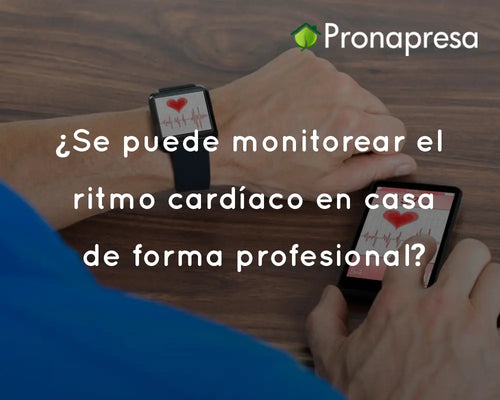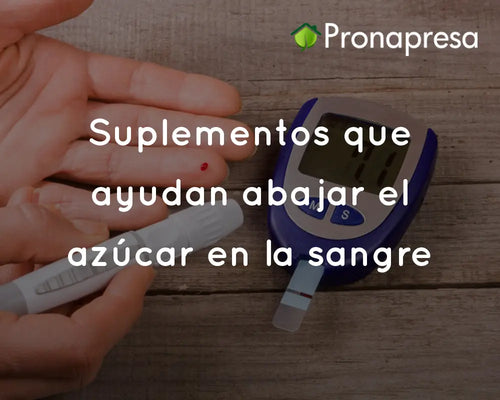
- Iron deficiency
- Folic acid deficiency
- Vitamin B12 deficiency
- Blood disorder in the production of red blood cells
- Genetic abnormalities or family history
- Chronic diseases such as cancer
- Being an immunosuppressed person living with, for example, HIV
- Hematological diseases such as leukemia or lymphomas
- Intestinal disorders and alterations
- Age. People over 65 years of age are at greater risk for the disease.
- Sudden loss of a lot of blood
Symptoms of anemia
Constant weakness
The main symptom of anemia is feeling extremely weak, lacking the strength to perform common physical activities that normally don't require much effort. You may also experience intense fatigue, especially after exercise.
Headache
Although it is a nonspecific symptom, when a persistent headache has no identified cause related to stress, lack of sleep, or food or beverage consumption, it is likely related to anemia.
Numbness in hands and feet
A tingling sensation in the extremities can be an early symptom of anemia, especially in the tips of the fingers and toes. At the same time, feeling cold in the extremities can be another sign of this condition.
Pale skin
A sudden appearance of pale skin that persists for several days can be an indication of anemia. The reduction in red blood cells directly impacts hemoglobin, which in turn impacts skin tone. Pallor can be an early warning sign of anemia during a physical examination.
Brittle nails
Nails that break easily, even if they are not long, or that break even without contact may be due to external causes, but when accompanied by any of the symptoms on this list, they are a common symptom of anemia.
Dizziness
Dizziness associated with anemia usually occurs upon standing, immediately after waking up, or after going several hours without eating. If it's accompanied by lightheadedness or weakness, the likelihood of it being caused by this condition increases.
Blue sclera
The outer membrane of the eyes surrounding the pupil and iris should be completely white, but in severe cases of anemia, this area may acquire a blue hue. This symptom is a telltale sign on physical examination that something is wrong.
Treatments for anemia, which depend on the cause, range from taking supplements to undergoing medical procedures. You may be able to prevent some types of anemia by following a healthy and varied diet.
If you experience any of these symptoms, it's important to see your doctor so they can assess your situation and prevent any health risks.
Remember that prevention is better than cure






















































